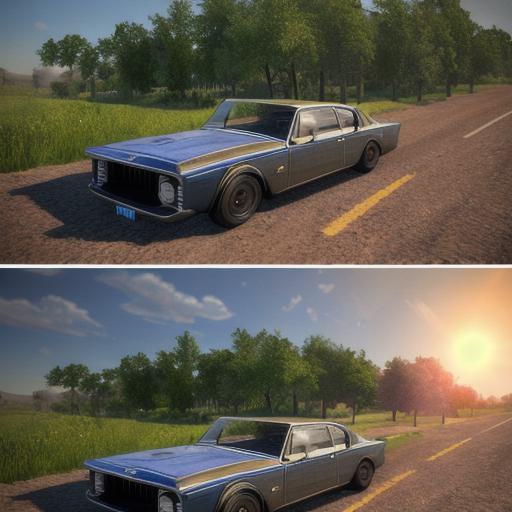As a Unity developer, you need to have a solid understanding of various terms to create engaging games and interactive experiences. In this guide, we will cover some of the most common Unity developer terms and their meanings.
- Asset Store: The Asset Store is a platform where developers can find and purchase assets such as 3D models, textures, scripts, and plugins to use in their Unity projects. These assets can save time and effort in creating complex graphics or game mechanics.
- Prefabs: Prefabs are reusable objects that you can create once and then apply to multiple places in your scene. This is useful for creating complex scenes with a lot of similar elements, such as buildings or characters.
- Scripts: Scripts are code files that allow developers to add functionality to their Unity projects. They can be used for a variety of tasks, from controlling game mechanics to implementing user interfaces.
- Layer Masks: Layer masks are used to control which objects are visible and which are not in your scene. This is useful for creating complex scenes with multiple layers of objects that need to be controlled independently.
- Particles: Particles are visual effects that can be added to your scene, such as explosions, smoke, or dust. They can add a lot of depth and realism to your game or experience.
- Terrain: Terrain is the ground area of your scene, often used for platforming games or other types of interactive experiences. Unity has built-in tools for creating and manipulating terrain.
- Shaders: Shaders are code that determines how an object’s appearance is rendered in your scene. They can be used to create complex lighting effects, textures, or visual effects.
- Animations: Animations are the movements of objects in your scene, often used for characters or other moving elements. Unity has built-in tools for creating and animating objects.
- UI: User Interface (UI) is the graphical elements that allow players to interact with your game or experience, such as buttons, menus, or sliders. Unity has built-in tools for creating and manipulating UI elements.
- Physics: Physics is a simulation of physical laws that govern how objects move and interact in your scene. It can be used to create realistic physics simulations for games or interactive experiences.
In conclusion, understanding these common Unity developer terms is essential for creating engaging games and interactive experiences. By using prefabbed assets, scripts, and other tools provided by Unity, developers can save time and effort while creating complex scenes and functionality. With a solid foundation in these key concepts, you’ll be well on your way to building amazing games and experiences in Unity.
FAQs:
Q: What is the difference between a script and a prefab?
A: A script is code that allows developers to add functionality to their Unity projects, while a prefab is a reusable object that can be applied to multiple places in your scene.
Q: How do I use particle effects in my Unity project?
A: Unity has built-in tools for creating and applying particle effects to objects in your scene. You can find more information about using particles in the Unity documentation.
Q: What is a layer mask, and how do I use it in my Unity project?

A: A layer mask is used to control which objects are visible and which are not in your scene. You can create layer masks and apply them to objects in your scene using the Layers panel in the Unity Editor.
